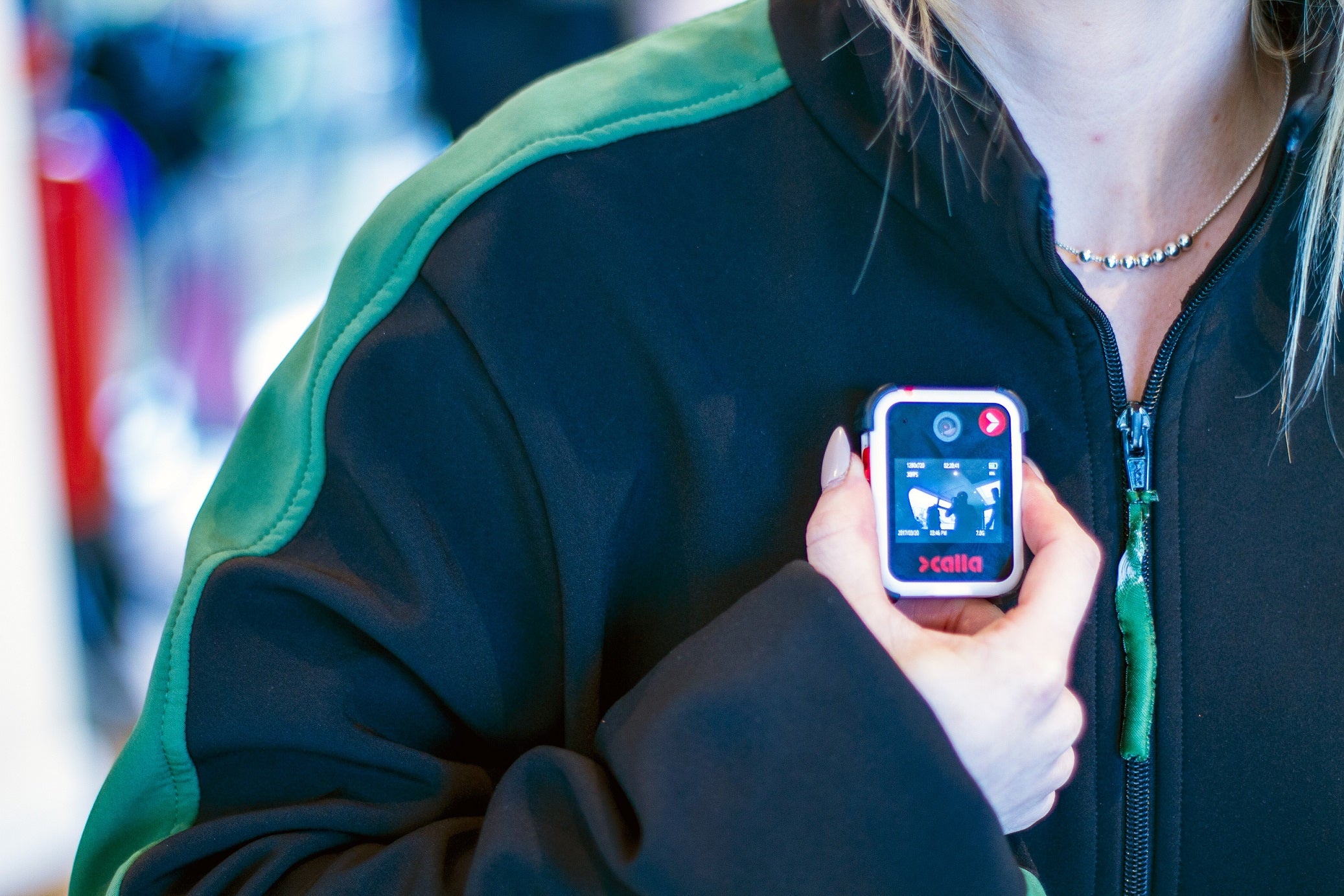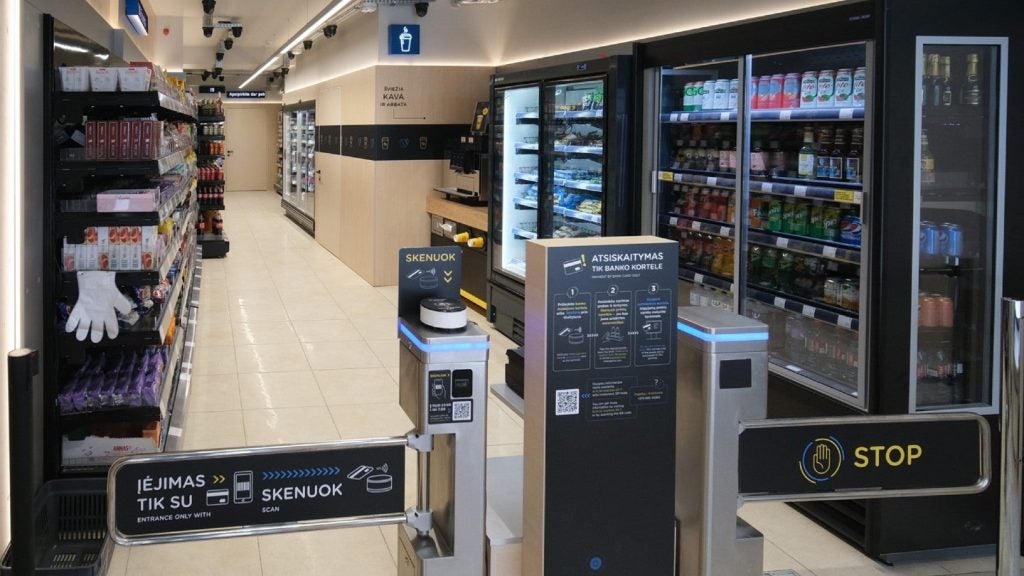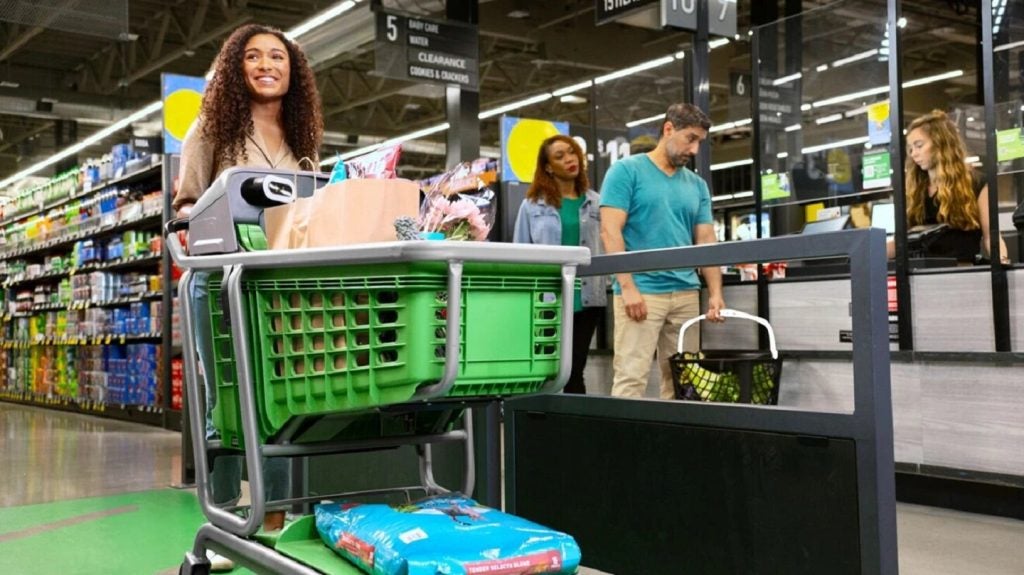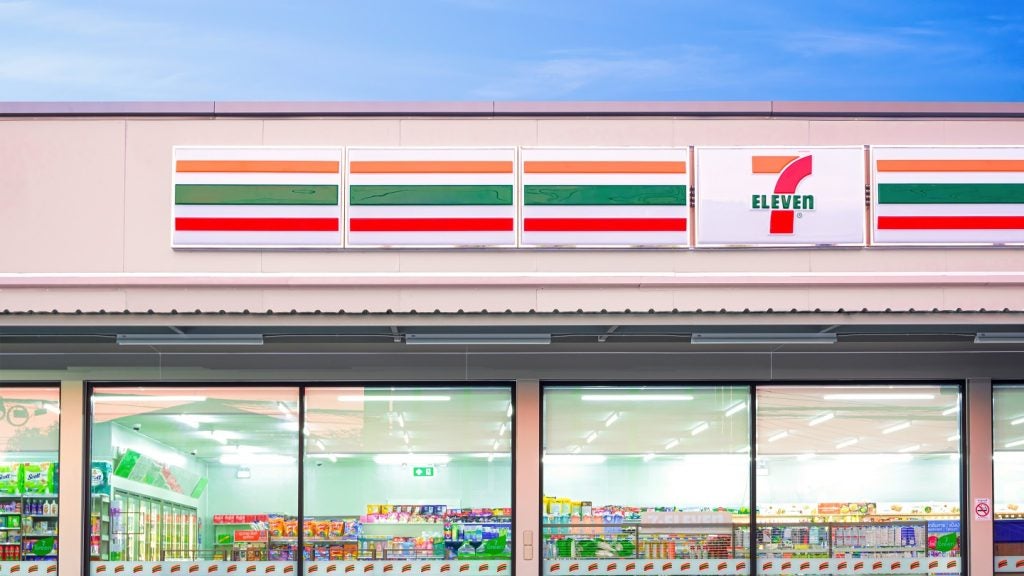
Violence and abuse towards shop workers is becoming endemic in British society. Video-technology company Reveal CEO Alastair Field tells Retail Insight Network how retailers can better protect shop workers from abuse and crime through correct evidence gathering.
For anyone wishing to attribute the rise in offences to the pandemic, think again. A recently published report by the Home Affairs Committee, analysing the scale of abusive behaviour towards retail employees, is clear that unacceptable violence and abuse towards retail staff has been growing steadily for more than five years.
Unfortunately, the great reopening will not bring about an end to this scourge upon our society. If anything, the recent decision to remove the legal guidance around mask-wearing and social distancing could provoke a further spate of incidents.
In short, this problem is not going away any time soon, and the Home Affairs Committee has called on the Government to consult on the scope of a new standalone criminal offence to protect retail workers.
However, this will only be an effective deterrent if offences are reported and offenders are prosecuted. The Home Affairs Committee found that of the 87% of retail workers who reported an offence to their employer, just half went on to report it to the police, resulting in an investigation and arrest for just 12% of incidents.
The priority now must be to improve collaboration between the police and the retail industry, to increase the number of formal reports made and to ensure that local forces can access all the evidence they need to see their investigations through to conclusion.
How well do you really know your competitors?
Access the most comprehensive Company Profiles on the market, powered by GlobalData. Save hours of research. Gain competitive edge.

Thank you!
Your download email will arrive shortly
Not ready to buy yet? Download a free sample
We are confident about the unique quality of our Company Profiles. However, we want you to make the most beneficial decision for your business, so we offer a free sample that you can download by submitting the below form
By GlobalDataA lack of independent evidence
There are multiple reasons why so few retail incidents are currently translating into arrests and prosecutions, but central to the challenge is the problem of evidence-gathering.
Currently, the vast majority of incidents involve one person’s word against another. Two stories, no independent arbiter, and hence, no way for the police to conclusively prove the perpetrator’s guilt.
Ask any police officer today, and they’ll most likely tell you that the best form of independent evidence is video footage showing precisely how the incident unfolded. It’s why more and more police forces make use of body worn cameras on the beat.
But as Andy Marsh, chief constable of Avon and Somerset Police, explains, “One area where we haven’t yet seen widespread use of body worn cameras is the retail sector. It would be incredibly helpful for the police to have access to body worn footage of incidents towards retail staff and security guards in stores, giving us the evidence we need for prosecutions. Without it, the allegation that someone has been threatening, abusive or insulting is a public order offence that can be very difficult to prove.”
The value of desistance
Marsh is one of the police officers responsible for introducing body worn cameras to UK policing. As a result, he understands more than most about how technology can be used to de-escalate heated situations and encourage members of the public to moderate their behaviour.
What it comes down to is ‘desistance’. Marsh said: “The reason the majority of people don’t speed or drink-drive is because rational human beings weigh up the risk and consequences of breaking the law and getting caught. Body worn cameras help provide appropriate desistance, especially where there are forward-facing screens so the person interacting with the wearer can see themselves and their behaviour.”
This view is supported by the evidence, which shows that if the camera is switched on before the intervention becomes hostile, it will generally lead to a de-escalation or moderate the person’s behaviour.
Body worn cameras won’t be enough to de-escalate every situation, but they are proven to improve the efficiency of the police response and reduce the time taken to reach a resolution. Many police forces are looking at ways to make it easier for businesses and the public to collaborate on digital evidence investigations.
Better training and a better in-store environment
The scale of the problem facing both retailers and local police forces warrants a range of different solutions – from tighter laws to better evidence-gathering capabilities.
But in the case of body worn cameras, there are other benefits for retailers prepared to embrace this new technology.
For example, retailers can use footage of incidents to train their staff on different de-escalation techniques, making them more confident in handling challenging customer interactions.
The reality is that violent and abusive incidents affect everyone in the immediate vicinity. It’s a terrible experience for nearby customers, which is why we’re now seeing more retailers looking to learn from past, difficult incidents and use body worn camera footage to upskill their in-store teams.
Marsh said: “The implementation of any technological solution is always 10% technology, 90% leadership and cultural change. You need to get the messaging and storytelling right, and what better way to tell the story about why you’re doing something than to use camera clips that demonstrate the value of the cameras.”
While we await the Government’s response to the Home Affairs Committee report, this type of tech-driven change within in-store environments represents a vital starting point for curbing violent and abusive incidents and giving shop workers the peace of mind and reassurance they deserve.







